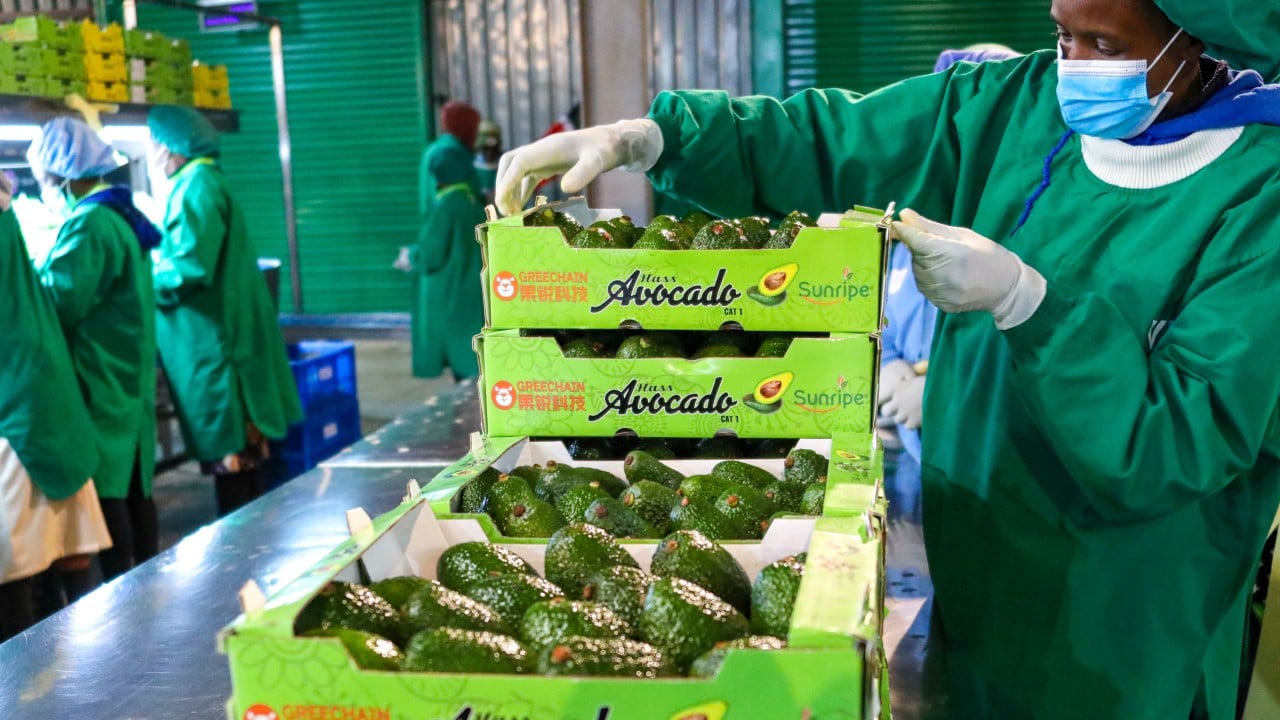Thirty-three of Africa’s “least-developed countries” (LDCs) are now able to export goods duty free into Chinese markets, but the policy is unlikely to have a significant impact since large commodities such as oil and minerals are already exported to China, according to a new analysis.
Advertisement
The zero-tariff policy took effect this month, fulfilling a pledge made by Chinese President Xi Jinping at the Forum on China–Africa Cooperation (FOCAC) summit in September.
The export policy is based on a 2003 scheme that originally allowed 190 tariff-free products from dozens of mostly resource-rich African countries such as Angola, the Democratic Republic of Congo (DRC), Zambia, Mauritania and Guinea – countries that have primarily exported unprocessed commodities such as crude oil and minerals, including critical minerals like cobalt, copper and lithium which are essential for products like electric vehicle batteries.
But Beijing has sought to increase imports of agricultural goods. At the 2021 FOCAC summit, China unveiled “green lanes” to fast-track customs procedures for African agricultural products to help diversify China-Africa trade. At a Brics summit in Johannesburg in August last year, China agreed to expand its list of African imports to include coffee, avocados, soybeans, pineapples, chillies, cashews, sesame seeds, spices and seafood.
About 140 products, including rice, wheat, sugar, cotton, tobacco and wood products, are now being imported by China from Africa, according to Beijing-based consultancy Development Reimagined. “It’s a big leap forward for trade coverage,” the consultancy said in a study released last week.
Advertisement
But the study has also revealed imbalances. From 2005, zero-tariff exports to China from 27 African LDCs totalled US$578 billion, accounting for 99 per cent of total LDC exports. But in the same period, non-beneficiary African countries exported US$771 billion worth of products – showing that tariffs were not the only factors driving export growth to China, according to Development Reimagined.

